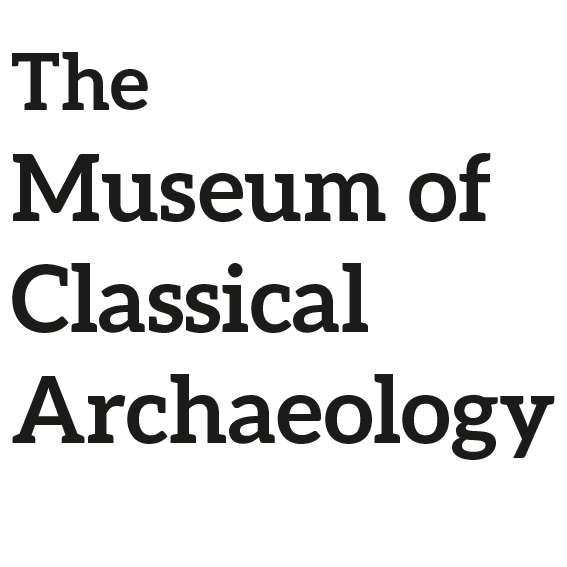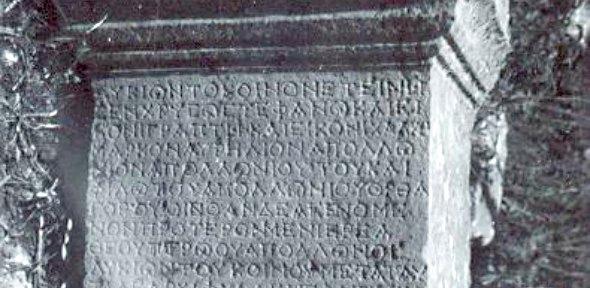
As a devoted epigrapher, George went to great lengths to record the chiseled inscriptions he came across on stone monuments. He would make an impression on the surface of the stone with sodden paper, known as a 'squeeze'.
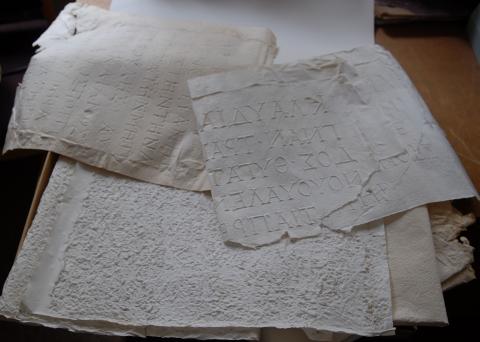
The Bean Squeezes, 2015
A Fragment
Jane Bean recalls one such incident which involved rather unusual methods.
One very hot day in the Lycian mountains, we came across a small inscription which George badly wanted to record. It was in deep shadow and very dirty, so only a squeeze would suffice. This involved first cleaning the stone with water and an iron brush, then beating onto the surface a tough sort of blotting paper, with more water and a softer brush. Every incision was captured permanently when the paper dried and could be peeled off. Problem, we had no more water left in the pitcher. One of our companions had the bright idea of using a water melon from the nearby plot. So that is how George took the dirtiest and stickiest squeeze of his career but clear enough to photograph when dry.
Inscribed Stones and the Bean Archive
The Bean Archive includes many photographs of inscribed stones, and two have been included here. Both were taken in Turkey and the squeezes are now kept in the Museum of Classical Archaeology.
The Caria Inscription
The stone
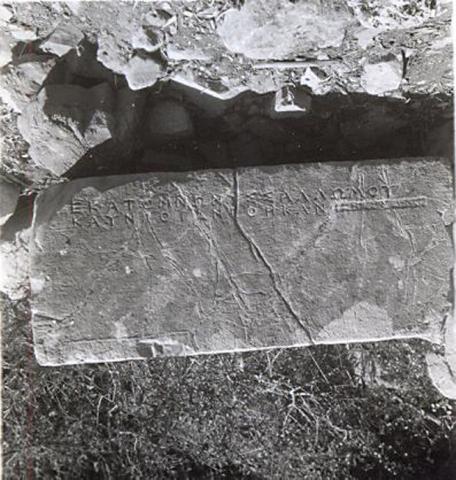
Inscription, Caunus 1946-56 (A3.26)
The squeeze
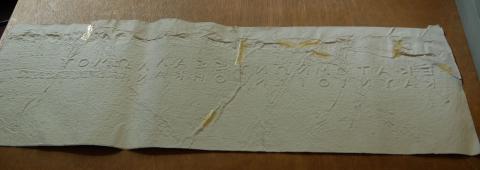
Squeeze of inscription from Caunus (A3.26)
The edited text
Ἑκατόμνων Ὑσσαλώμων
Καύνιοι ἀνέθηκαν [[.....]]
This inscription was published by Bean in The Journal of Hellenic Studies, 73 (1953), p.20, no.3.
An Inscription in honour of the wife of L. Calpurnius Longus
The stone
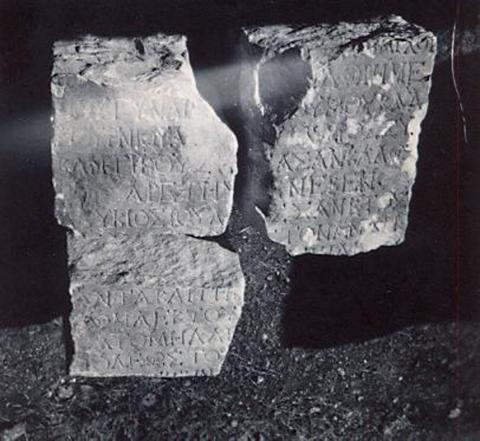
Inscription, Antalya 1946-56 (A27.1)
The squeeze
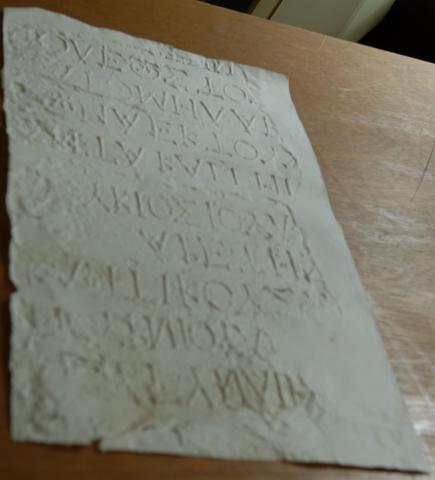
Squeeze of inscription from Antalya (A27.1)
The edited text
— — —α̣ι̣χ̣ο̣υ̣
[— — — δε]δωρημέ-
[νο]υ, γυναῖκ[α δὲ Λ]ουκίου Καλ-
πουρνίου Λ[όγγο]υ, ἀνδρὸς συ[ν]-
κλητικοῦ, ζή[σ]ασαν καλῶ[ς], [5]
ἀρετῆς ἕνεκεν.
[Λ]ούκιος Ἰούλ[ιο]ς Σάνκτος
[— — — τὸ εἰ]ς τὸν ἀνδρι-
άντα καὶ τὴ[ν βά]σιν ἀν[ά]-
[λ]ωμα ἐκ τοῦ [ἰδίου ἐχαρί]- [10]
[σ]ατο μὴ λαβ[ὼν παρὰ τῆς]
πόλεως τὸ ψ[ηφισθὲν ἀργύρι]-
[ον εἰ]ς τὴν [ἀνάστασιν(?)].
This inscription was published by Bean in Belleten, 22 (1958), pp.29-30, no.16. The inscription was set up in honour of the wife of L. Calpurnius Longus, I-II cent AD.

